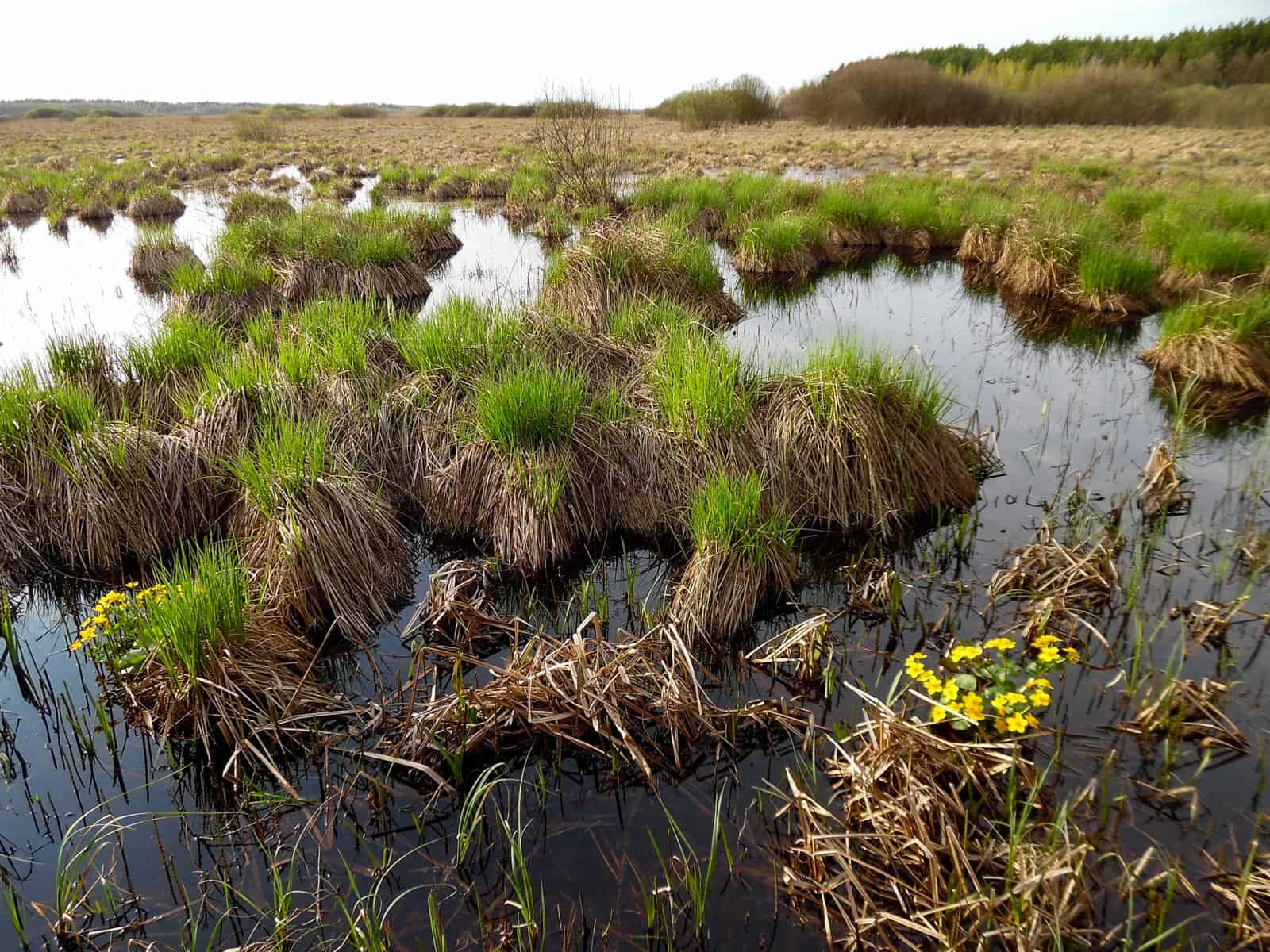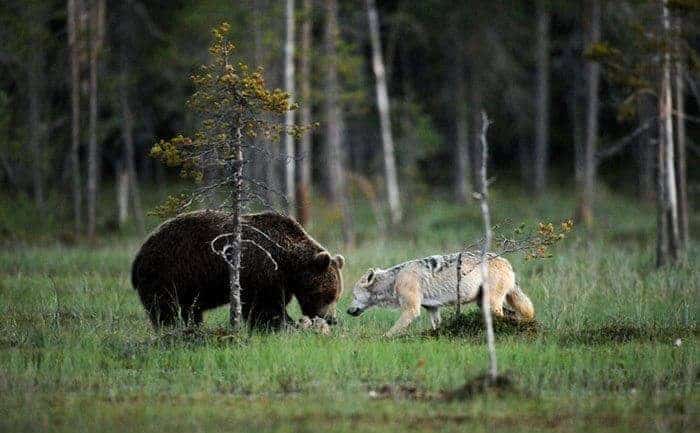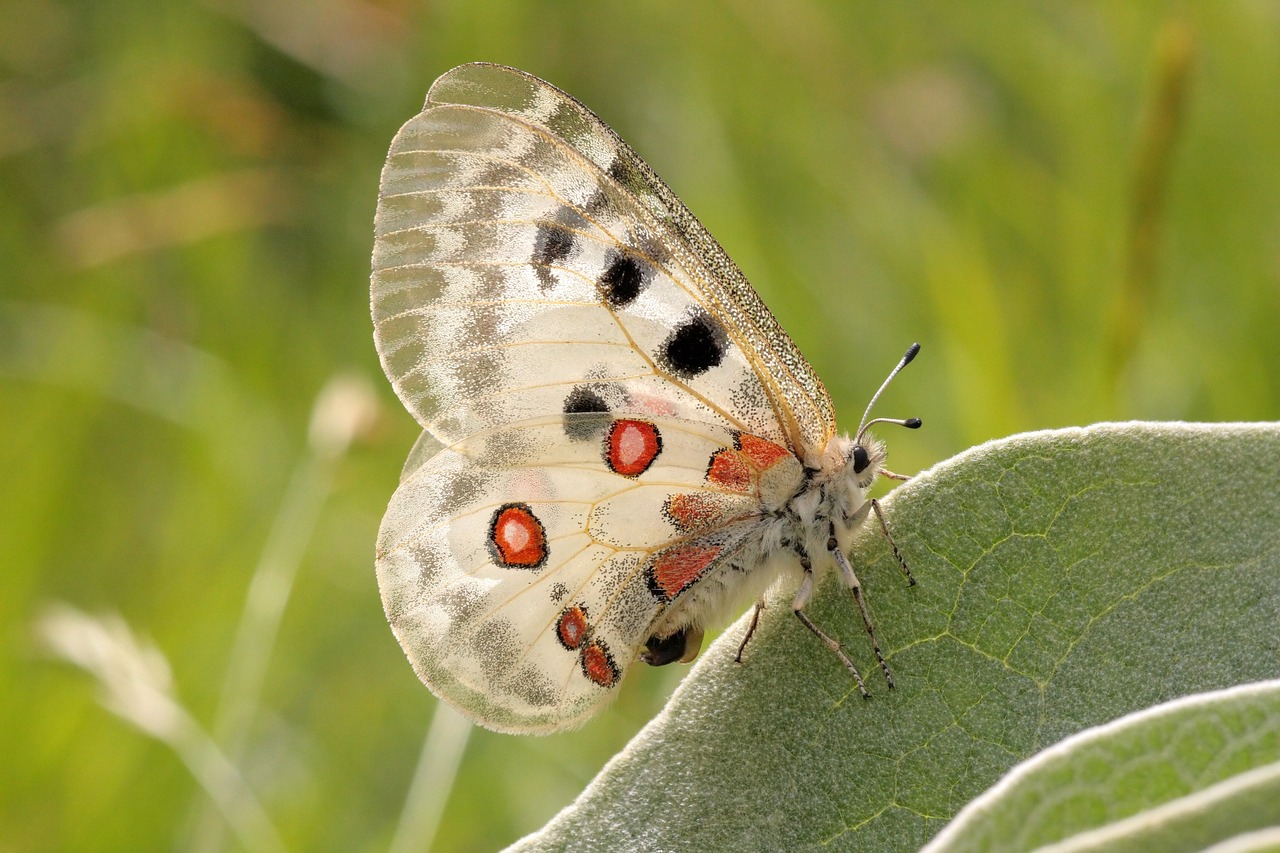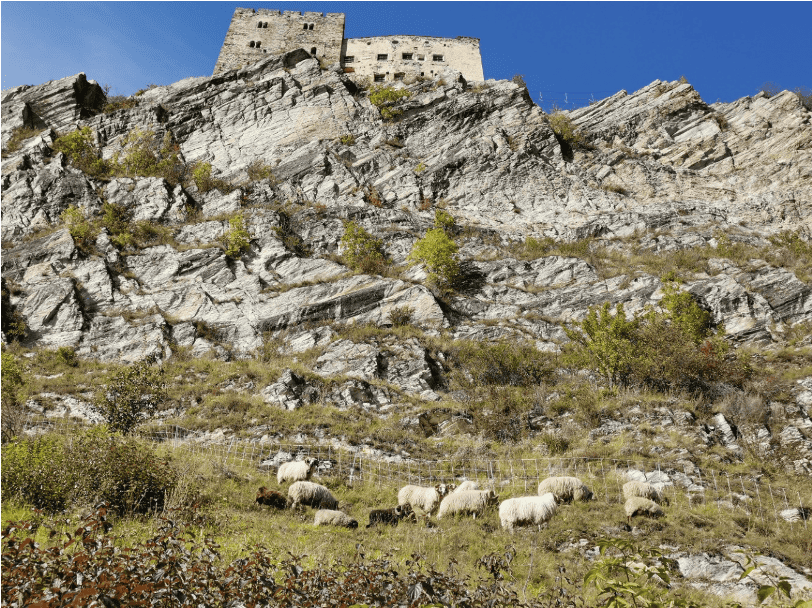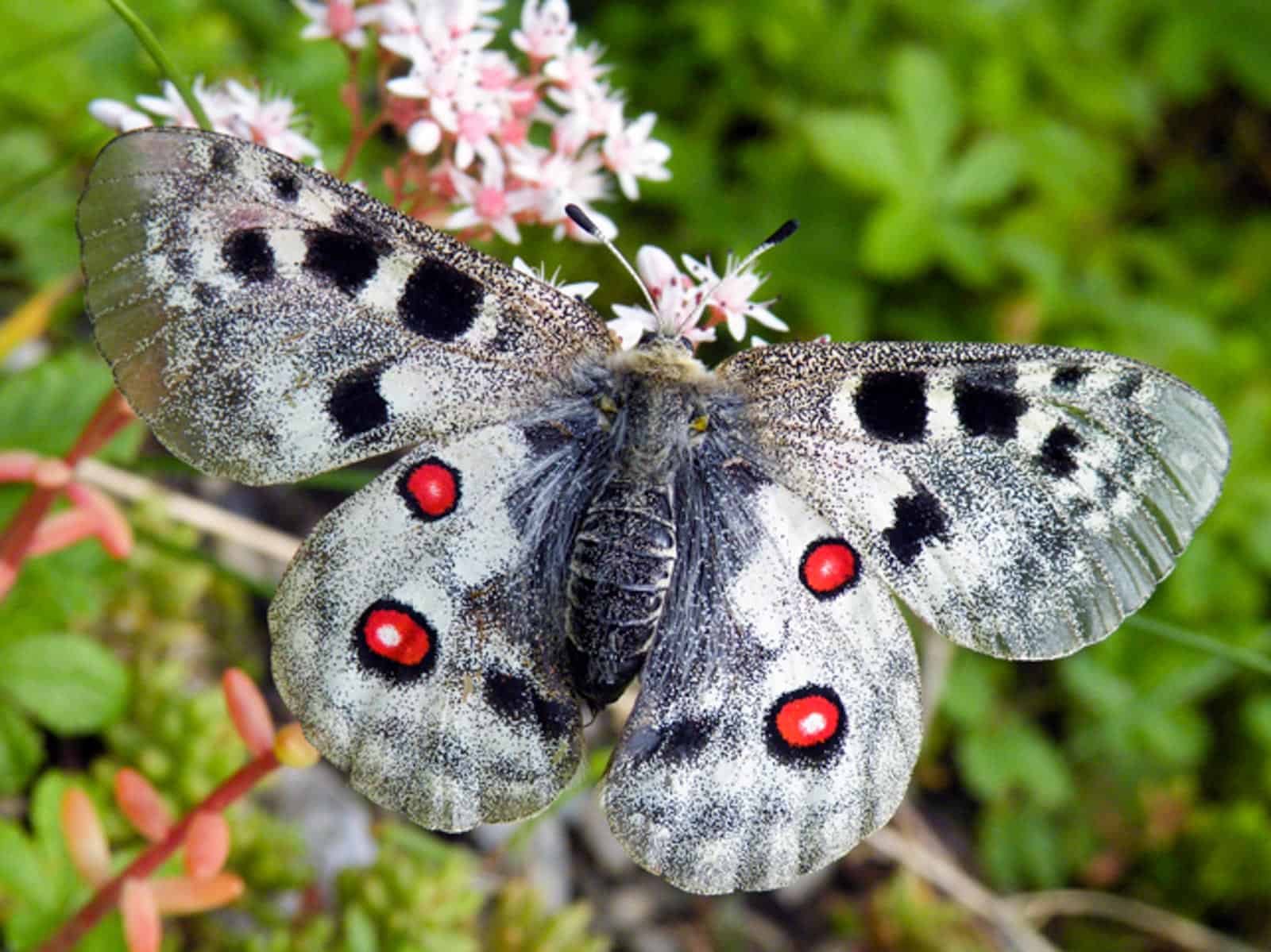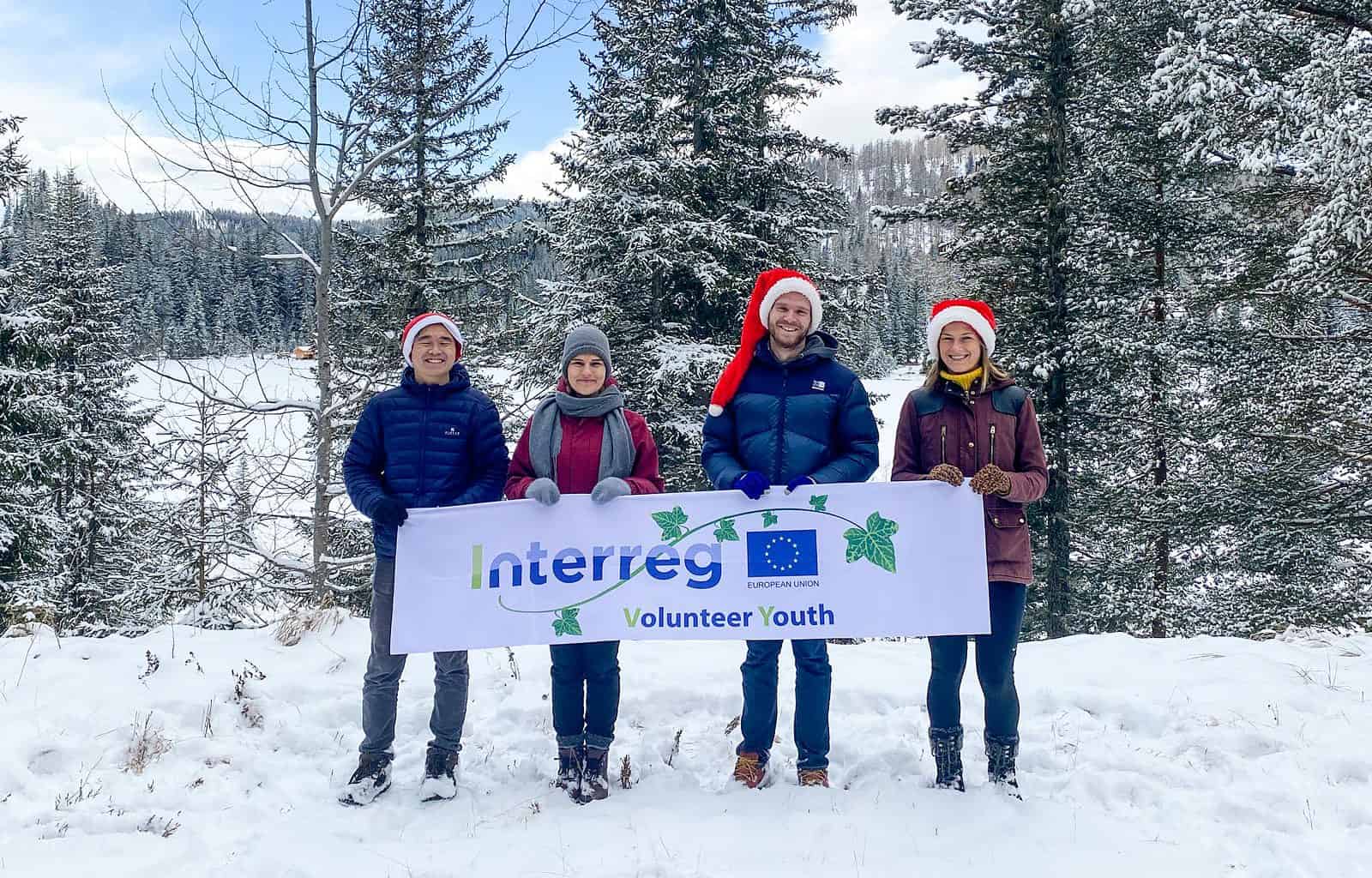ALFAWetlands progress, take a look
If you still haven’t heard about this project, this is your opportunity. Take a look into everything that has been going on lately.
Wetlands cover 5-8% of the world’s land area and have a huge capacity to store carbon. They store around 225 billion metric tons of carbon. Healthy wetlands accumulate carbon due to water-logged conditions generating a stable carbon content. One of the EU objectives, is to cut GHG emissions by at least 55% by 2030.
And of course, if you are already aware of the newest progress, maybe there is something you accidentally skipped. Either way, lets get started with the important things.
Meeting regarding Living Lab
On December 2th, European Wilderness Society conducted an online meeting with one of the project Austrian-Hungarian Living Labs. During this meeting, both parts discussed about the conduction of the Baseline assessment, risks, threats and opportunities for the Neusiedler See.
More about the project
ALFAwetlands has assembled a team of experts from 14 different organizations plus 1 affiliated entity across 10 EU countries. The project is coordinated by the Natural Resources Institute Finland, a consortium which includes an array of European environmental NGOs, research institutes and centers for higher education. Furthermore, they aim to achieve the project objectives until November 2026.
The whole team will examine the social impacts, along with the economic costs, of the different restoration methods at local, national and EU levels. On a local level, the project’s Living Labs will support and integrate research on ecological, environmental, economic and social issues. This way, it will become possible to unlock the full potential of the wetlands as a climate change regulation tool. This goes hand in hand with the increase of research capacities regarding restoration and carbon storage. This storage depends on their water levels. Finally, new experimental data on how the ecosystem responds to wetland management and restoration is going to be collected.
Regarding the EU greenhouse gas emissions objective, which is mentioned at the start of this article, is connected to wetlands. This objective requires new carbon cutting measures across sectors. Therefore, in terms of land management, wetlands as carbon rich environments can contribute to efficiently to both EU’s climate targets and its biodiversity strategy by protecting biodiverse ecosystems.
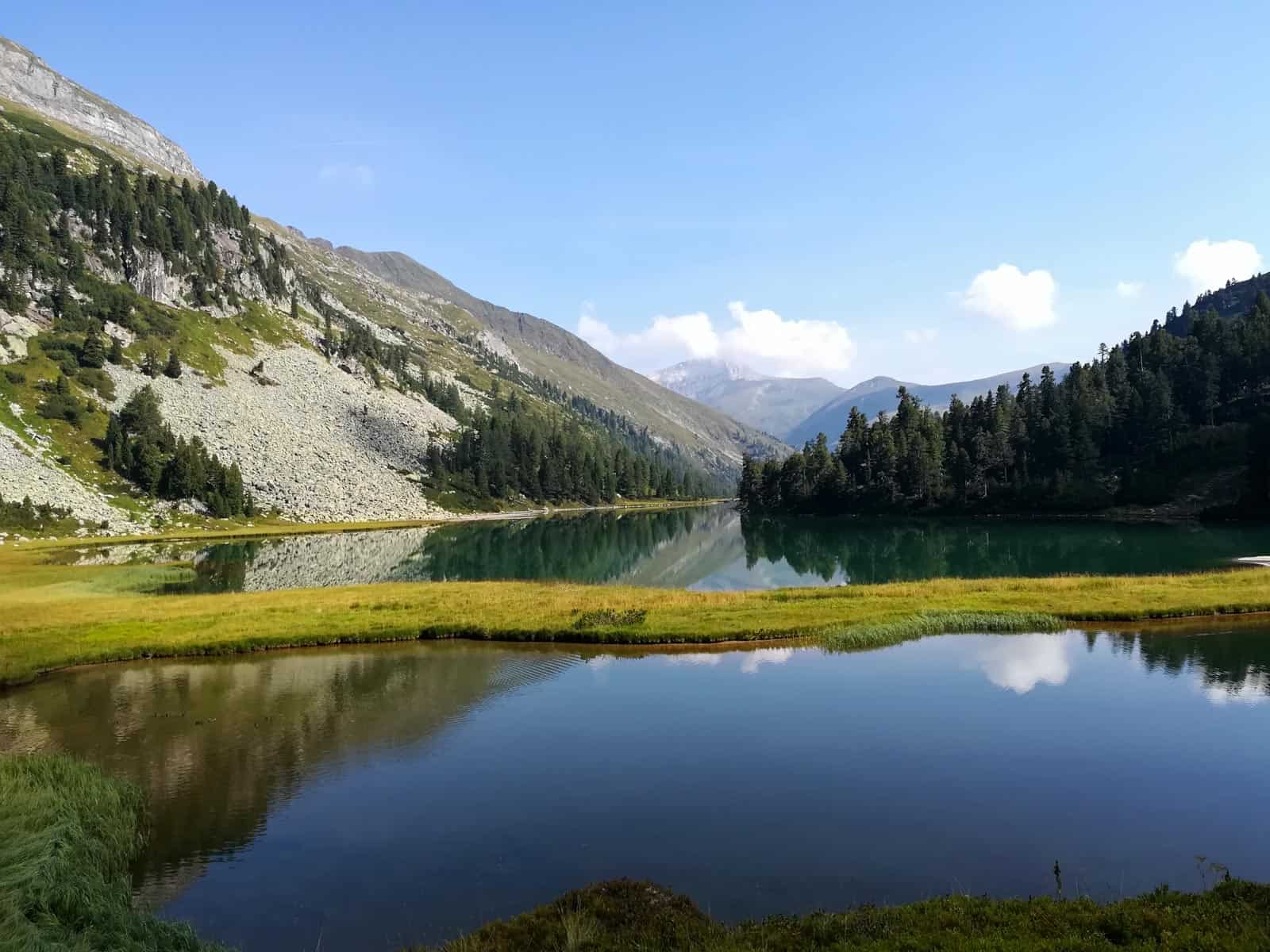
ALFAwetlands goals
The ultimate goal of ALFAwetlands is to improve the geospatial knowledge base of wetlands. Also, to evaluate the pathways of wetland restoration that incorporate a co-creation process. Another goal is to evaluate pathways of wetland restorations that incorporate a co-creation process.
There is still a lot research to be done. Presently, there are large gaps in the knowledge regarding how and/or how much carbon is absorbed and released by wetlands. As well as the socioeconomic effects of their restoration.
Finally, one more important thing, is to keep providing information and indicators to maximize the capacity that wetlands have to become a climate change mitigation tool.
I am really excited to lead the ALFAwetlands project: we have such a great interdisciplinary consortium, including experts from different disciplines: from microbiologists and remote sensing specialists to soil scientists and socio-economists and modelers. I’m sure that with this talented and interdisciplinary team we will achieve the ambitious goals of the project and by implementing them, we will be a step closer to reach climate targets set by EU


